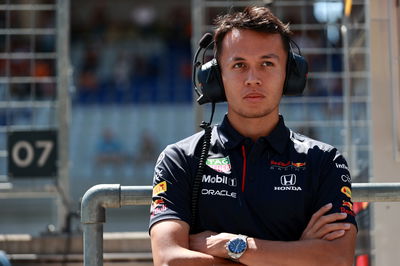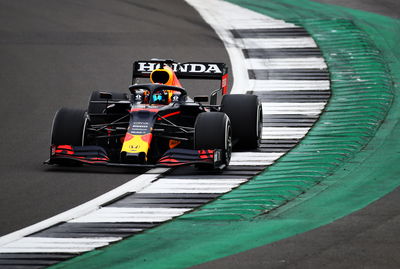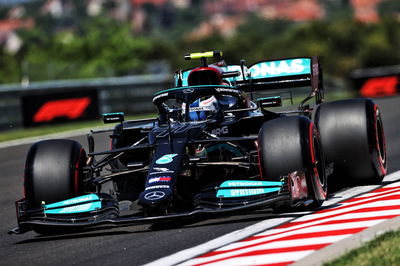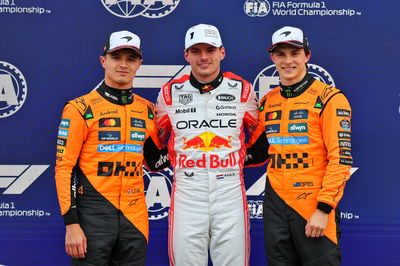Albon’s Silverstone F1 test was pre-planned, not solely for “re-enactment”

The team had its request to review Hamilton’s 10-second time penalty for causing a collision with Max Verstappen rejected in a hearing on Thursday ahead of the Hungarian Grand Prix after it failed to provide any substantial new evidence.
Part of the new evidence submitted by Red Bull included a “re-enactment” of Hamilton’s line on the opening lap of the British GP, which was completed by Albon as part of a filming day on July 22.
Due to Albon carrying out the running in a 2019-spec RB15 chassis, the filming day fell outside of the budget cap restrictions in place for 2021.
While Red Bull used the outing to generate evidence for its case, Horner stressed it was not organised specifically for the re-enactment.
“The test was pre-planned from prior to the event because it was a promotional filming day with a two-year-old car,” Horner explained. “So that obviously falls outside fo the budget cap.
“It’s a way of keeping our reserve driver also sharp and race-ready. So that day had been planned for some time, it wasn’t put on specifically for the re-enactment.”

Under article 10.2 of F1’s sporting regulations, teams are required “where possible” to notify the FIA of a planned test at least 72 hours before it takes place.
Horner added: “What we did during the course of the test was ask Alex to drive a similar line to back-up the simulations that we conducted within our simulation tools including the driver simulator to demonstrate the outcome of driving that line and the necessity of where your braking point would need to be.
“We couldn’t achieve the speed that Lewis did on that line, but in terms of conditions obviously it was pretty similar, and it was just a useful piece of data to reaffirm what we’d seen in all of our simulations.”
Ultimately, Red Bull’s appeal fell at the first hurdle because the stewards ruled the evidence was “created” rather than being discovered.












